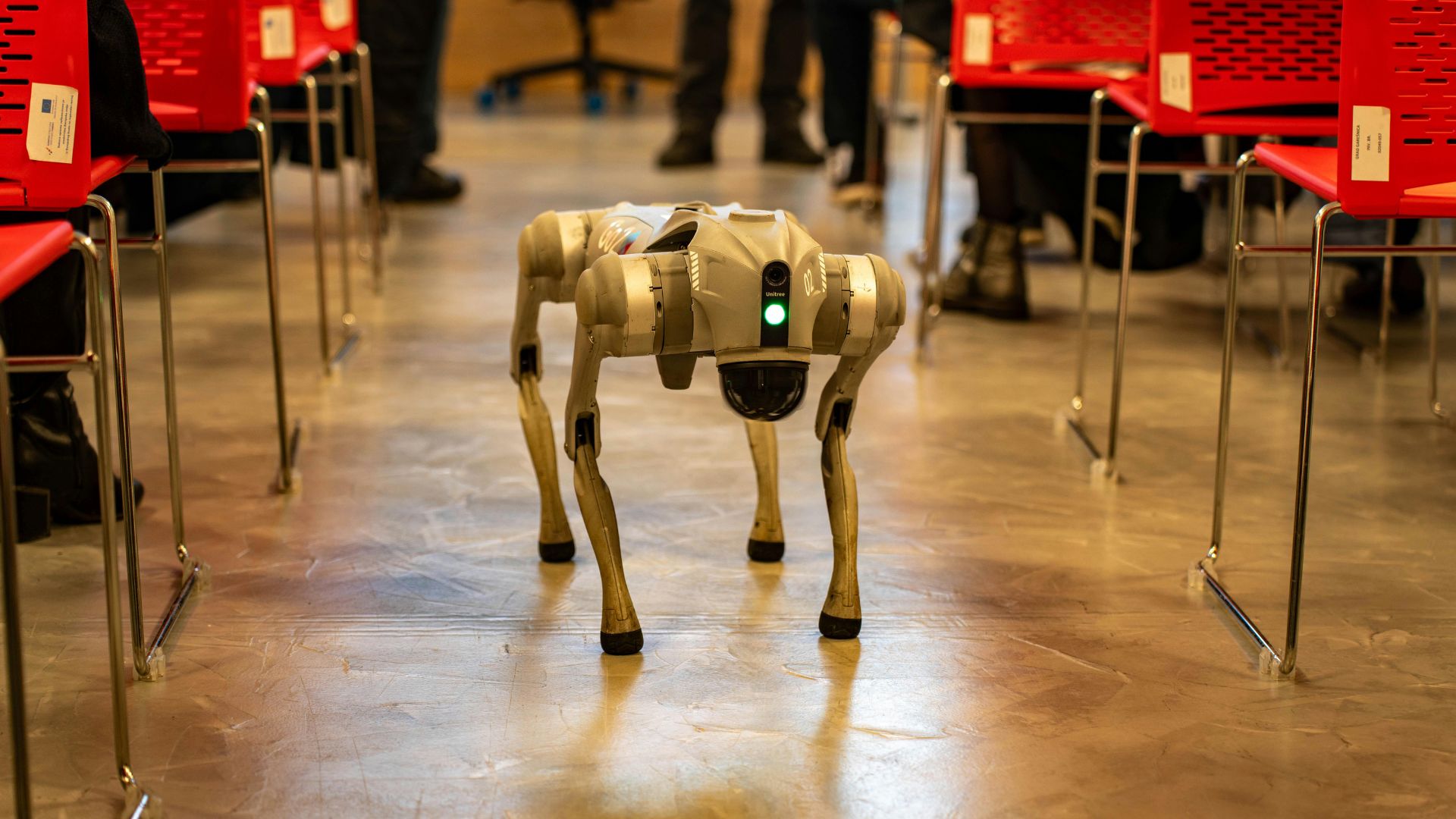Exploring Sensors: How to Equip Your DIY Robot with Sight, Touch, and Hearing

Sensors play a crucial role in robotics, allowing machines to perceive and interact with their environment. By integrating sensors, you can give your DIY robot the ability to see, touch, and even hear, making it more intelligent and responsive. Choosing the right sensors depends on your project’s goals, whether it’s obstacle avoidance, object recognition, or environmental mapping.

For vision, camera modules and infrared sensors are popular choices. Cameras, when paired with OpenCV, enable object detection and facial recognition, while IR sensors help detect edges or obstacles. Ultrasonic sensors, such as the HC-SR04, use sound waves to measure distances, making them ideal for obstacle detection in autonomous robots.

Touch-sensitive robots rely on force sensors, bump sensors, or capacitive touch sensors. These components allow a robot to detect physical interactions, such as pressing a button or grasping an object. For audio-based perception, microphones and sound sensors enable robots to recognize voice commands or detect environmental noises.

Integrating multiple sensors enhances a robot’s functionality. For example, combining vision with touch enables robotic arms to handle delicate objects, while adding audio input allows voice-controlled automation. By exploring sensor technologies, hobbyists can build more interactive and intelligent robots, expanding the possibilities of DIY robotics.





